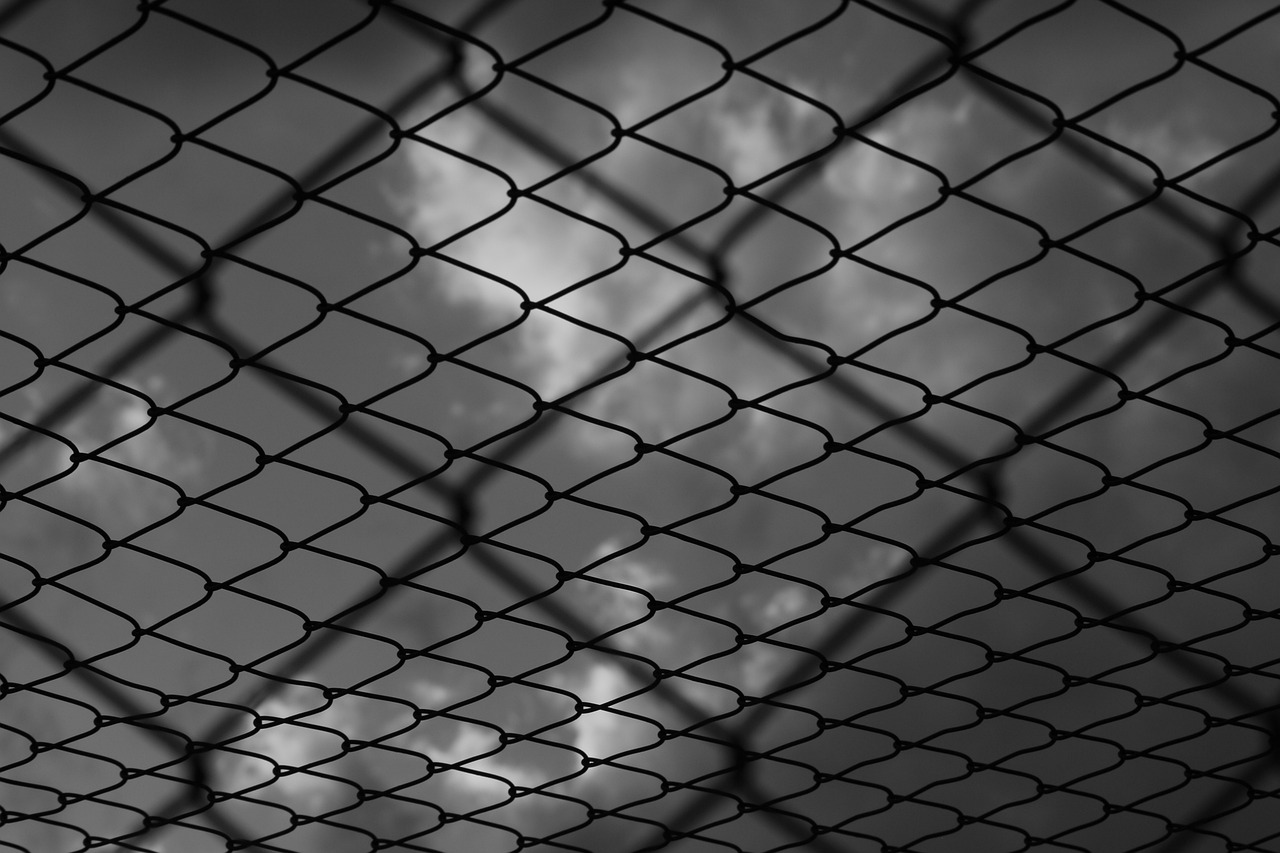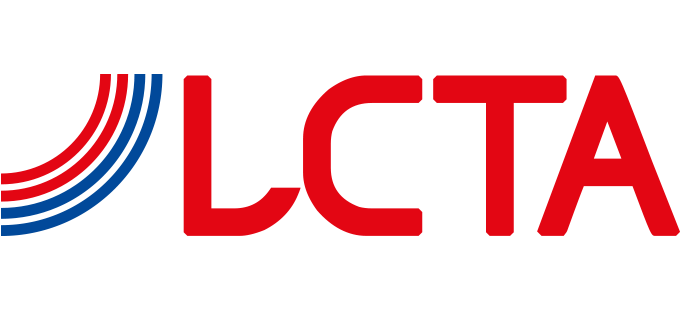Products made with forced labour: EU ban effective from December 14, 2027

The EU Forced Labour Regulation entered into force on December 13, 2024. It will take effect on December 14, 2027 prohibiting the placement and availability of goods produced by forced labour on and from the EU market.
The Regulation (EU) 2024/3015 on prohibiting products made with forced labour on the Union market (Forced Labour Regulation, FLR), aligns the definition of “forced labour” (or “compulsory labour”) with the International Labour Organization Convention No. 29 (Forced Labour Convention). It encompasses all work or service “which is exacted from any person under the menace of any penalty and for which the said person has not offered himself voluntarily”, or used as a method of coercion, punishment, discipline, or discrimination.
The FLR applies to all goods sold in or exported from the European Union, regardless of geographic origin or industry and without value thresholds: effective December 14, 2027, products and their components will be banned from the market if forced labour is employed at any stage of their production, manufacture, harvesting, or extraction, in whole or in part, including any work or processing associated with the product at any of these stages.
The Regulation does not introduce additional human rights due diligence obligations on businesses, but strengthens the Member States’ legislation on forced labour and the EU frameworks, including the EU Corporate Sustainability Due Diligence Directive (CSDDD). While the CSDDD establishes due diligence obligations regarding forced labour impacts for businesses across the value chain but does not include provisions to ban the importation of products into the EU market, the FLR implements mechanisms for the ban, withdrawal or disposal of goods made with forced labour, requiring products to be recycled, rendered inoperable, or destroyed.
By December 14, 2025, Member States are required to appoint a competent authority and notify the European Commission, which will publish the authorities’ list in the so-called “Forced Labour Single Portal”. The portal, to be established by June 14, 2026, will also serve as a repository for decisions and guidelines for businesses, including due diligence procedures and best practices for termination and remediation of different types of forced labour. The European Commission is also required to establish a public database detailing forced labour risks in specific geographic areas, products or product categories, including forced labour imposed by state authorities. Decisions regarding the prohibition, withdrawal, or disposal of products will be acknowledged throughout the Member States. Businesses failing to comply with a decision under the Regulation may incur in fines.
Recommendations
Businesses have three years to assess the existence of forced labour risks within their supply chains, whether directly through their import or export activities or indirectly via reliance on imported or exported products, and to map their potential exposure. Concurrently, they should also ensure the inclusion of appropriate clauses in contracts with their suppliers to mitigate the risk of certain products being held at the EU border, resulting in market withdrawal or disposal.

